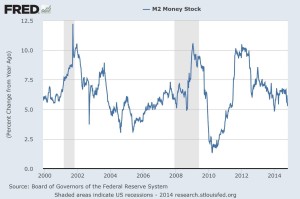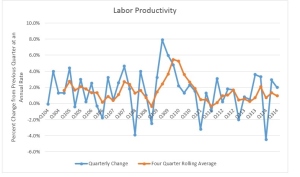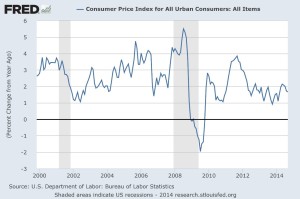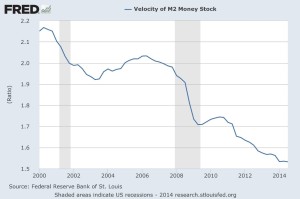We at Freezing Assets would like to wish everyone a very Happy Thanksgiving. We are thankful for a lot here at our blog. First and foremost, we are thankful for your readership. We value your time and attention more than anything, and we know that you have thousands of other reading options so we appreciate you choosing us.
Additionally, we are thankful for our contributors. Like every other website, our content is everything to us. Nothing happens without it. Here at Freezing Assets we are blessed with many outstanding local volunteer content contributors. This is what makes our site unique—excellent and diverse material submitted by our peers and friends for our CFA Minnesota members.
Though this is a site specifically designed for our region, others are taking notice. In fact societies around the country have either launched a site like ours (e.g. CFA Society Chicago), or from what we hear are in the process of starting or considering one of their own based on the success we have had with Freezing Assets.
That is just one reason we feel blessed this Thanksgiving. Let us know what you think of the site, and how we can make it more useful for you. Better yet, consider becoming a contributor yourself. Just write to info@freezingassets.org, and we’ll let you know how to get started. It really is very easy. If you wish to help out in other ways besides writing, that’s great too. We take all comers.
Thanks for your readership, and everyone at the CFA Society of Minnesota for making Freezing Assets special.
Have a great Thanksgiving,
The Freezing Assets Editorial Board









